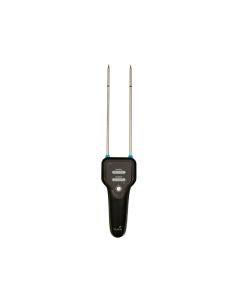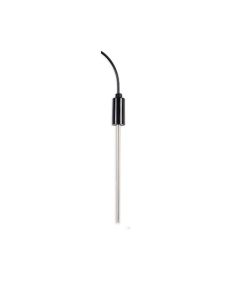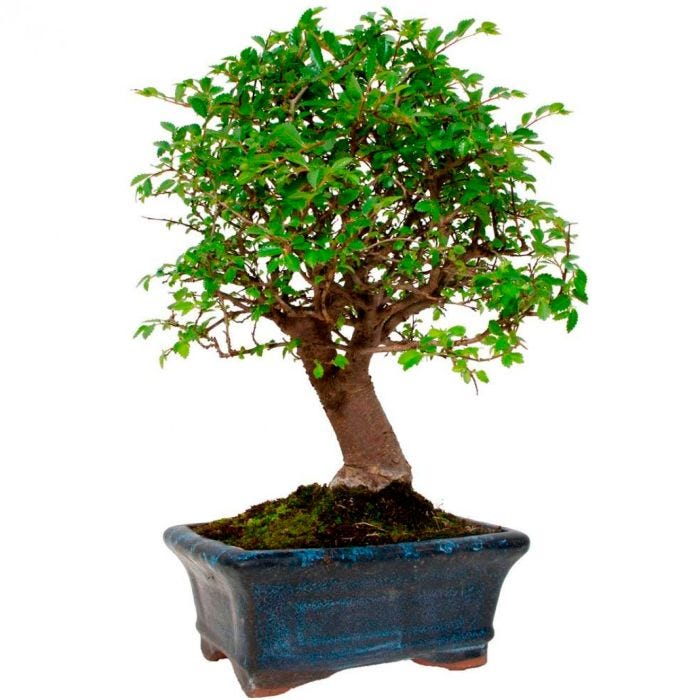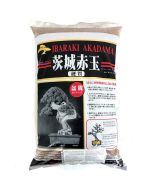

Ulmus Parvifolia / Zelkova Chinese elm Bonsai 6 years (pot 20 cm)
The Chinese Elm (Ulmus Parviflora) is endemic to Southeast Asia and especially China. In its native countries it can become a powerful tree up to 25m tall, with a trunk with a diameter of 1m. The Chinese Elm develops a fine branching with small leaves, which makes it a very appropriate plant for Bonsai.
Habitat
In nature, Ulmus parvifolia / zelkova is a tree that can grow up to 30 m. Therefore, its place in the apartment must be chosen carefully. It is best suited to bright interiors with plenty of space. This species should be placed in a well-lit location, but not in direct sunlight (this can cause leaf burn). Ulmus parvifolia is also known to grow well in artificial light.
Watering and care
This species likes to be root-constrained and prefers shallow pots. Be sure to choose a pot with enough holes for good drainage, and use a well-draining soil.
Fertilize your Ulmus parvifolia once every two weeks during the growing season (spring and summer). In winter, fertilization should be stopped completely.
Watering your Ulmus parvifolia / zelkova is best done with soft water (rain or demineralized water). This species does not like excess moisture; therefore always check your soil surface before watering.
Ulmus parvifolia does not tolerate temperatures below 10°C. Therefore, it is necessary to move it indoors during the winter months or keep it at a temperature that does not fall below this threshold.
Pruning and Pinching
Chinese elm is a tree that responds very well to pruning, even the strongest, sprouting very well from old wood. The best time to prune is in spring, just when the buds of the shoots begin to swell and the tree begins to mobilize its sap. It can also be done at the end of summer, after the mini summer lethargy.
The way to use pruning as a shaping technique is to let the branches grow and prune based on the desired direction (left, right, up, or down). The most common styles for this species are the informal vertical, broom and forest.
The placement of branches by means of wiring should be done between autumn and spring (after leaf fall and before sprouting), or after defoliation, watching for wire marks on the bark due to the speed with which the one that gets fat and grows.
Generic photo: The images that appear are representative. The color and shape of the bonsai may vary from that of the photo. Both the shape and the measurements of the bonsai are approximate.
Specifications of Ulmus Parvifolia / Zelkova Chinese elm Bonsai 6 years (pot 20 cm)
- Manufacturer: Meliflor
- Model: Bonsai Ulmus Parvifolia (Zelkova)
- Age: 6 years.
- Pot: 20cm
- Approximate height: 22/25cm
- Indoor bonsai.
- Leaf: Semi-deciduous
Shipment Content
- Ulmus Parvifolia / Zelkova Chinese elm Bonsai 6 years (pot 20 cm)
| Type of product | Bonsái |
|---|---|
| Condition | New |
| Brand | Meliflor |
| Model | Ulmus Parvifolia |
| Country of origin | Spain |
| Width | 20 Centimetres |
| Height | 26 Centimetres |























Login and Registration Form